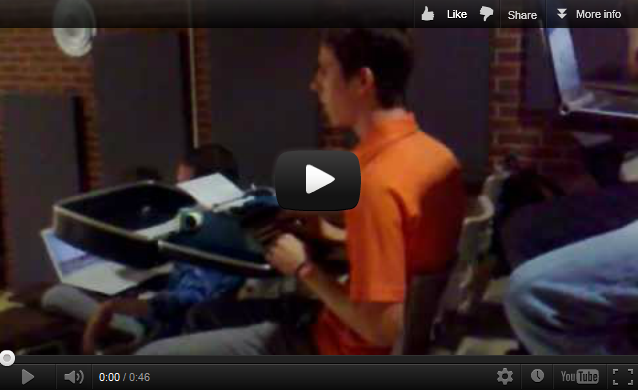I was looking for research on whether word processors are effective when students are learning to write. So far the research is supportive, but I can’t find any research done recently. I suspect there must be research that is current and supports students using word processors. Please let me know if you have any research more recent than what I have below.
Bangert-Drowns, R., (1993). The Word Processor as an Instructional Tool: A Meta-Analysis of Word Processing in Writing Instruction, Review of Educational Research, p69-93, doi:10.3102/00346543063001069
Abstract: Word processing in writing instruction may provide lasting educational benefits to users because it encourages a fluid conceptualization of text and frees the writer from mechanical concerns. This meta-analysis reviews 32 studies that compared two groups of students receiving identical writing instruction but allowed only one group to use word processing for writing assignments. Word processing groups, especially weaker writers, improved the quality of their writing. Word processing students wrote longer documents but did not have more positive attitudes toward writing. More effective uses of word processing as an instructional tool might include adapting instruction to software strengths and adding metacognitive prompts to the writing program.
Lewis, R., Ashton, T., Haapa, B., Kieley, C., Fielden, C., (1999). Improving the Writing Skills of Students with Learning Disabilities: Are Word Processors with Spelling and Grammar Checkers Useful?, Learning Disabilities: A Multidisciplinary Journal, retrieved from http://www.eric.ed.gov/ERICWebPortal/detail?accno=EJ594984 on May 22nd.
Abstract: A study involving 106 elementary and secondary students with learning disabilities and 97 typical peers found that students who used spelling and grammar checkers were more successful than transition group students in reducing mechanical errors, particularly non-real-word spelling errors, and in making positive changes from first to final drafts.
Owston, R., Murphy, S., Wideman, H., (1992). The Effects of Word Processing on Students’ Writing Quality and Revision Strategies, Research in the Teaching of English, Vol. 26, No. 3 (Oct., 1992), pp. 249-276
Abstract: This study examines the influence of word processing on the writing quality and revision strategies of eighth-grade students who were experienced computer users. Students were asked to compose two expository papers on similar topics, one paper using the computer and the other by and, in a counterbalanced repeated measures research design. When students were writing on the computer, "electronic videos” were taken of a subsample of students using an unobtrusive screen-recording software utility that provided running accounts of all actions taken on the com- puter. Papers written on computer were rated significantly higher by trained raters on all four dimensions of a holistic/analytic writing assessment scale. Analysis of the screen recording data revealed that students were more apt to make microstructural rather than macrostructural changes to their work and that they continuously revised at all stages of their writing (although most revision took place at the initial drafting stage). While the reason for the higher ratings of the computer-written papers was not entirely clear, student experience in writing with computers and the facilitative environment provided by the computer graphical interface were considered to be mediating factors.




